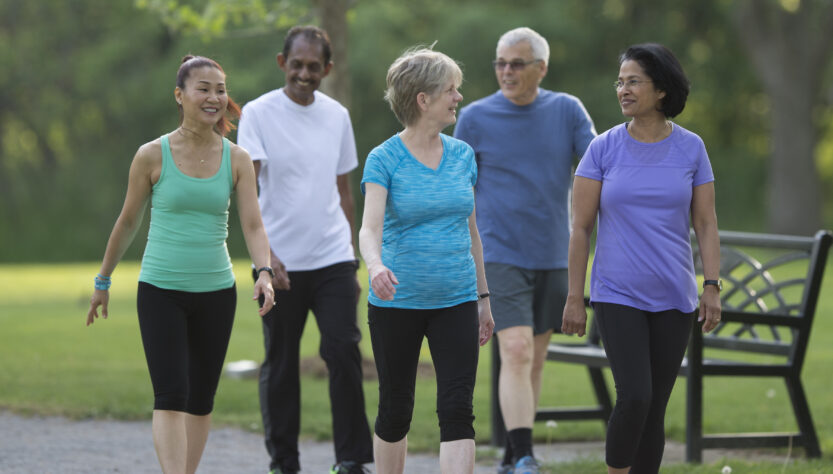
Introduction:
In the pursuit of longevity and vitality, one of the simplest yet most powerful practices lies right beneath our feet: walking. For the elderly, walking isn’t just a physical activity; it’s a cornerstone of well-being, the panacea (elixir) of life, offering a myriad of benefits that extend beyond mere exercise. As we explore the profound impact of walking on elderly health, it becomes evident that this seemingly simple activity holds the key to unlocking the elixir of life in our golden years.
1. Promotes Cardiovascular Health: Walking serves as a natural cardiovascular workout, helping to strengthen the heart, improve circulation, and lower blood pressure. For elderly individuals, regular walking reduces the risk of heart disease, stroke, and other cardiovascular ailments. Even a brisk stroll around the neighborhood can significantly enhance cardiovascular health, enhancing longevity and vitality.
2. Enhances Joint Health and Mobility: Maintaining mobility and joint health is paramount for elderly individuals to preserve independence and quality of life. Walking is a low-impact exercise that gently engages the joints, promoting flexibility, and reducing stiffness. By incorporating daily walks into their routine, seniors can mitigate age-related conditions such as arthritis and osteoporosis, fostering greater mobility and freedom of movement.
3. Boosts Mental Well-being: The benefits of walking extend beyond the physical realm, encompassing mental and emotional well-being. Regular walking stimulates the release of endorphins, neurotransmitters that promote feelings of happiness and relaxation. For elderly individuals, walking serves as a natural mood enhancer, alleviating symptoms of depression, anxiety, and stress. The rhythmic motion of walking fosters clarity of thought, mindfulness, and a sense of inner peace, enriching the golden years with vitality and joy.
4. Supports Cognitive Function: Research suggests that walking has a profound impact on cognitive function, particularly in elderly individuals. Regular physical activity, including walking, promotes neuroplasticity—the brain’s ability to form new connections and retain information. By incorporating daily walks into their routine, seniors can enhance memory, attention, and overall cognitive performance, reducing the risk of age-related cognitive decline and neurodegenerative diseases such as Alzheimer’s.
5. Facilitates Social Connection: Walking provides valuable opportunities for elderly individuals to connect with others, fostering a sense of community and belonging. Whether walking with friends, family members, or neighbors, seniors can enjoy meaningful conversations, share experiences, and strengthen social bonds. These social interactions not only enrich the walking experience but also promote mental and emotional well-being, combating feelings of loneliness and isolation common in later life stages.
6. Cultivates a Sense of Purpose: For many elderly individuals, walking serves as more than just a form of exercise; it’s a purposeful activity that imbues each day with meaning and vitality. Whether walking to explore nature, run errands, or simply enjoy the fresh air, seniors find fulfillment in the simple act of putting one foot in front of the other. This sense of purpose fuels motivation, resilience, and a profound appreciation for life’s simple pleasures, transforming walking into the elixir of life in their golden years.
Conclusion: As we age, the elixir of life lies not in complex potions or elusive remedies but in the simple act of walking. From promoting cardiovascular health and mobility to enhancing mental well-being and fostering social connection, walking offers a holistic approach to healthy aging. By embracing walking as a daily practice, elderly individuals can unlock the key to longevity, vitality, and a life well-lived, savoring each step along the journey.
For more articles on Fitness

